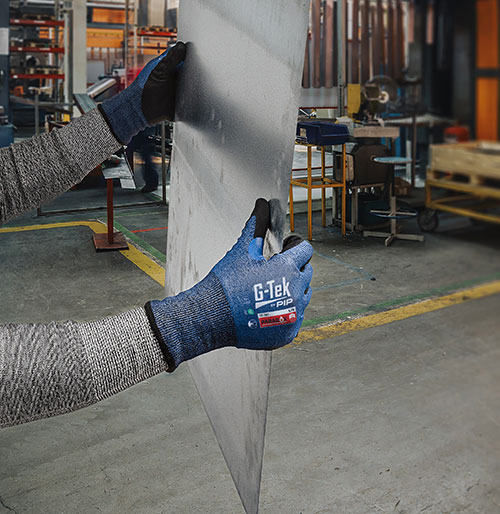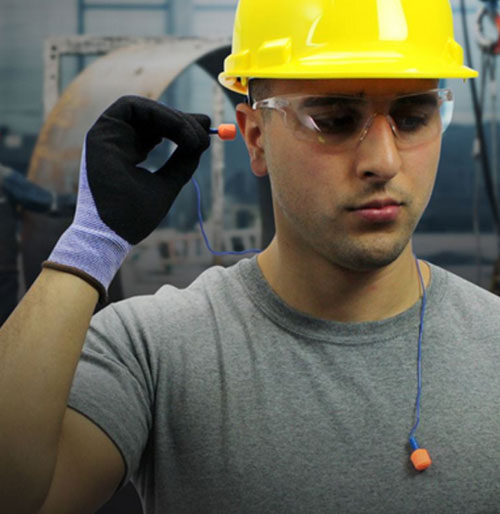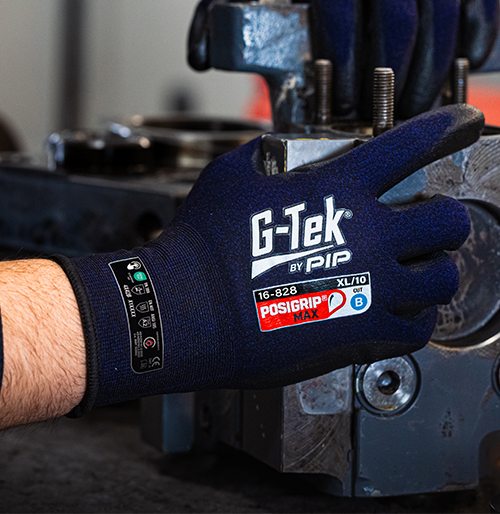
-
 Gants haute performanceG-Tek® PolyKor®16-MPT630
Gants haute performanceG-Tek® PolyKor®16-MPT630
-
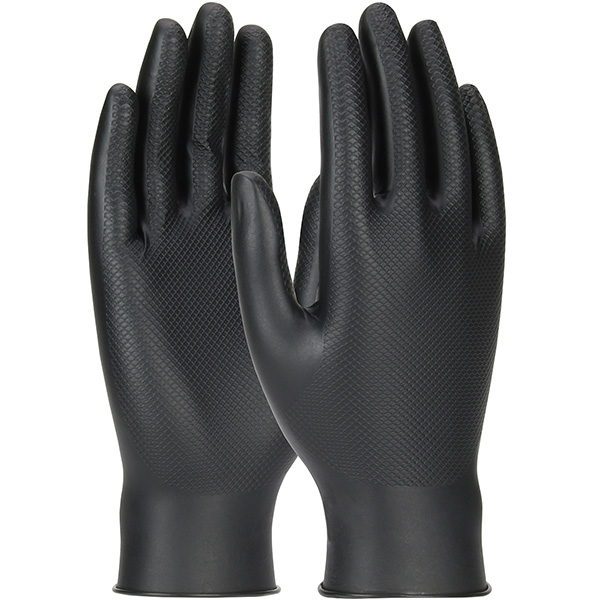 Gants jetables à usage prolongéGrippaz™ Skins67-246
Gants jetables à usage prolongéGrippaz™ Skins67-246
-
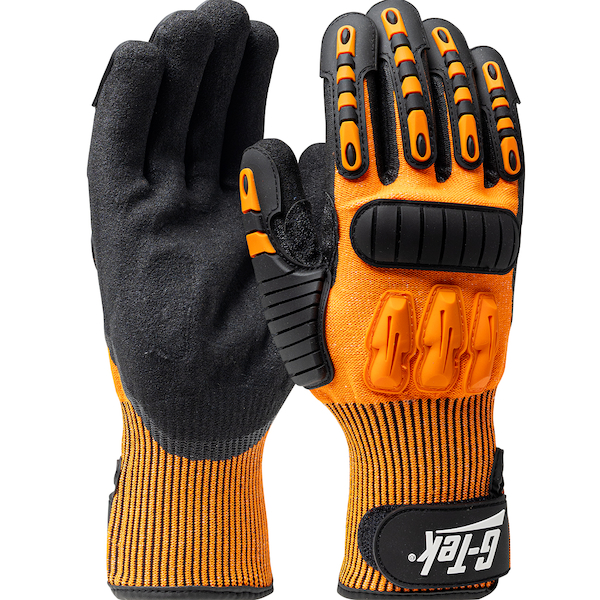 Gants haute performanceG-Tek®120-5150
Gants haute performanceG-Tek®120-5150
-
 Un refroidissement par évaporationEZ-Cool® Max396-EZ900
Un refroidissement par évaporationEZ-Cool® Max396-EZ900
-
 Gants résistants aux coupuresG-Tek® PolyKor®16-560
Gants résistants aux coupuresG-Tek® PolyKor®16-560
-
 Gants résistants aux coupuresG-Tek® Paradox™16-541
Gants résistants aux coupuresG-Tek® Paradox™16-541
-
 Gants de protection contre le froidG-Tek® PolyKor®41-1417
Gants de protection contre le froidG-Tek® PolyKor®41-1417
-
 Vêtements chauffantsBoss®300-HV100
Vêtements chauffantsBoss®300-HV100
-
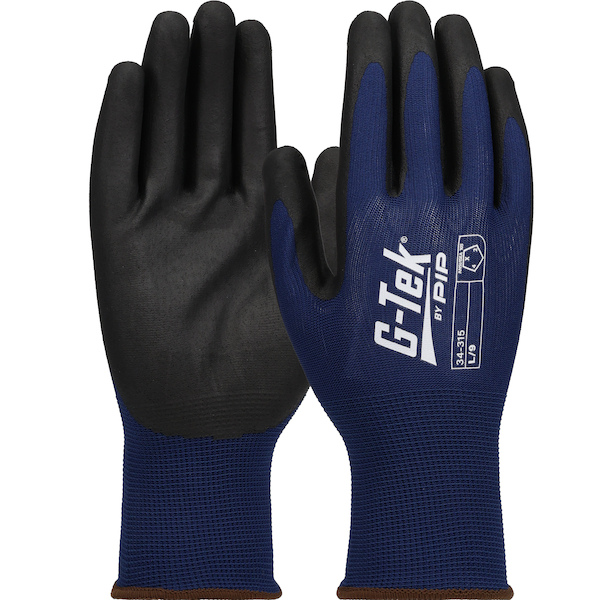 Gants à usage général - EnduitsG-Tek®34-315
Gants à usage général - EnduitsG-Tek®34-315
-
 Gants de protection contre le froidG-Tek® PolyKor®41-1415
Gants de protection contre le froidG-Tek® PolyKor®41-1415
-
 Gants résistants aux coupuresG-Tek® Paradox™16-351
Gants résistants aux coupuresG-Tek® Paradox™16-351
-
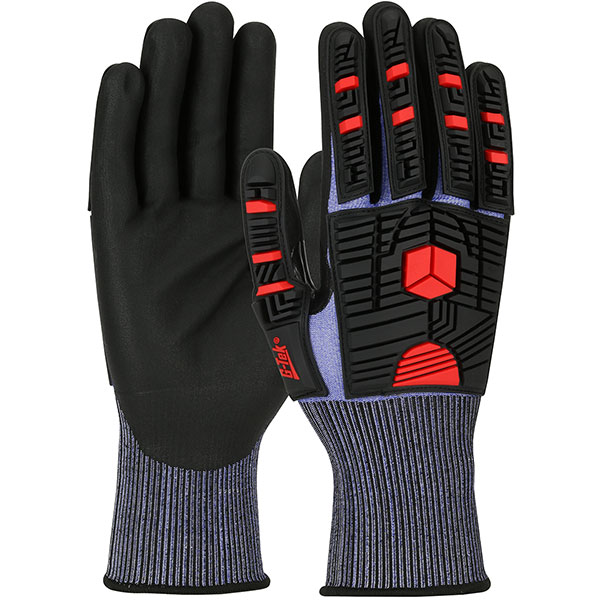 Gants haute performanceG-Tek® PolyKor® X7™16-MP585
Gants haute performanceG-Tek® PolyKor® X7™16-MP585



















